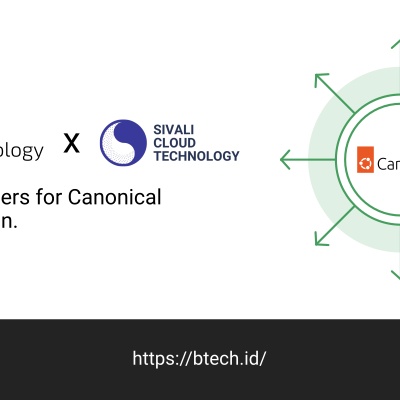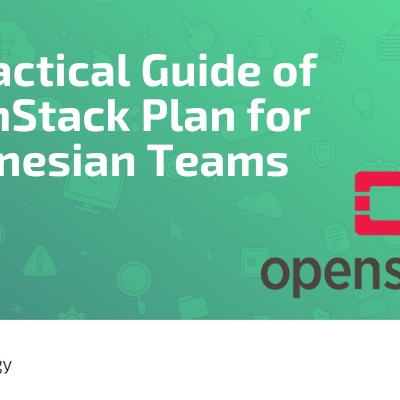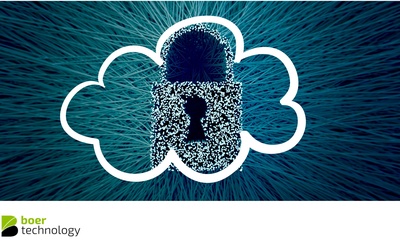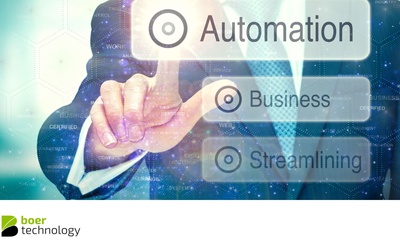More Articles
Keamanan Public Cloud mencerminkan investasi dan inovasi signifikan yang dilakukan oleh penyedia cloud terkemuka.
Read MoreMemilih antara private cloud dan public cloud untuk keamanan bukan tentang menentukan mana yang lebih unggul, tetapi tentang mengidentifikasi platform mana yang paling sesuai dengan kebutuhan organisasi Anda.
Read MoreMengamankan lingkungan cloud Anda memerlukan pendekatan komprehensif yang melibatkan pemahaman tentang tanggung jawab Anda, menerapkan kontrol akses yang kuat, mengenkripsi data, memantau dan mengaudit lingkungan Anda, menjaga sistem tetap diperbarui, serta memiliki rencana cadangan dan pemulihan bencana.
Read MoreMitos-mitos seputar keamanan cloud computing sering kali didasarkan pada persepsi yang usang atau kesalahpahaman. Faktanya, lingkungan cloud dapat seaman, jika tidak lebih aman, dibandingkan infrastruktur on-premises tradisional.
Read MoreOtomatisasi adalah komponen fundamental dari DevSecOps, memungkinkan organisasi untuk mengirimkan perangkat lunak yang aman dengan kecepatan dan skala.
Read More






